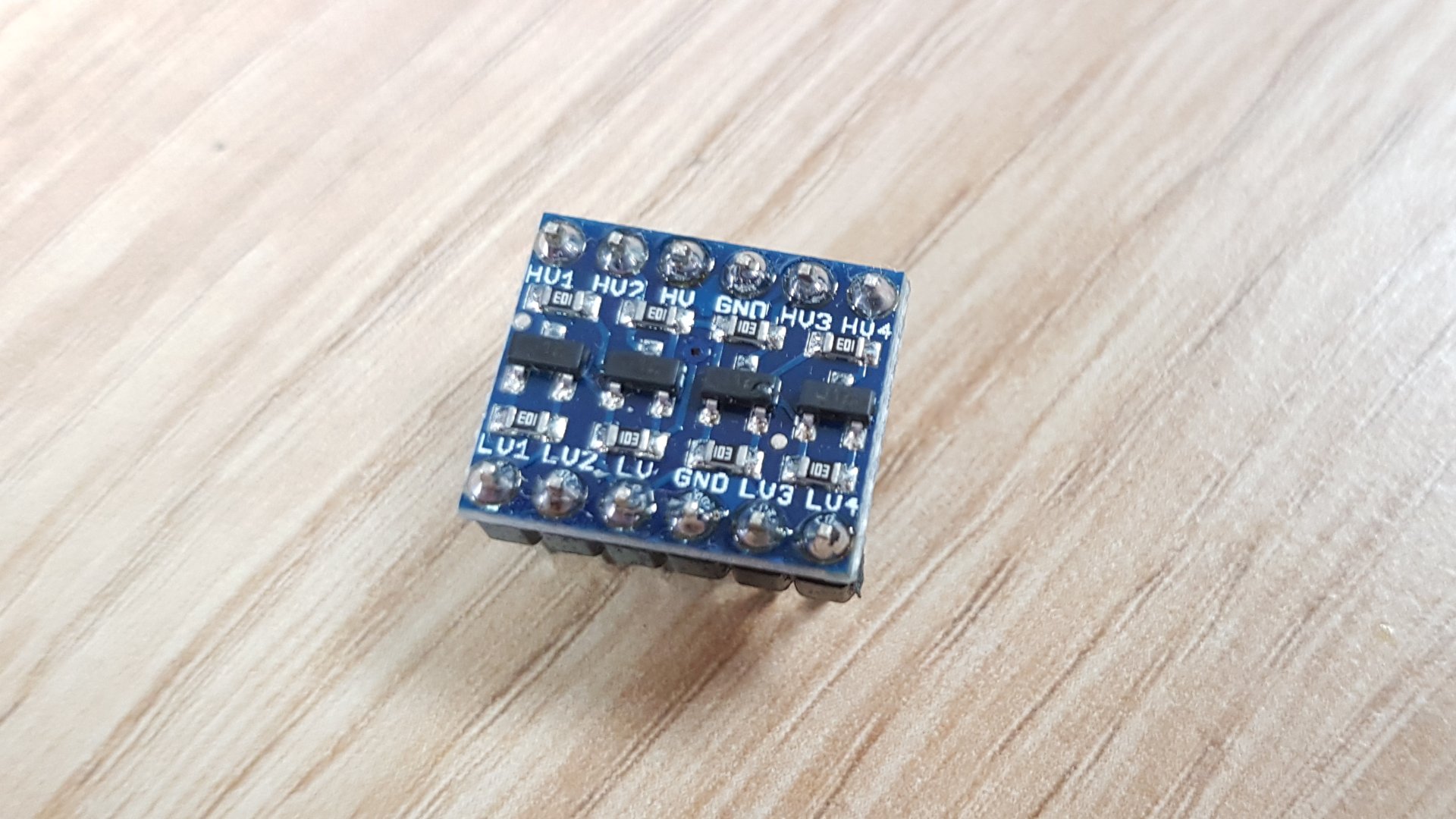Am trying to incorporate Heath / Zenith motion sensing carriage lamps into a garage smart monitoring system. A USB wall wart adaptor is plugged into the carriage lamp controller as per the documentation. Just substituted a USB 5V wall wart in place of a light fixture. The wall wart is being used to detect AC line voltage from the carriage lamp motion controller.
Is it acceptable to connect the wall wart +5V and GND to a Raspberry Pi GPIO or should I provide more isolation? For some reason I hate the idea of wasting an isolation circuit for nothing. Is there a good way to test for isolation in the wall wart? Any help or advice appreciated.
Is it acceptable to connect the wall wart +5V and GND to a Raspberry Pi GPIO or should I provide more isolation? For some reason I hate the idea of wasting an isolation circuit for nothing. Is there a good way to test for isolation in the wall wart? Any help or advice appreciated.


